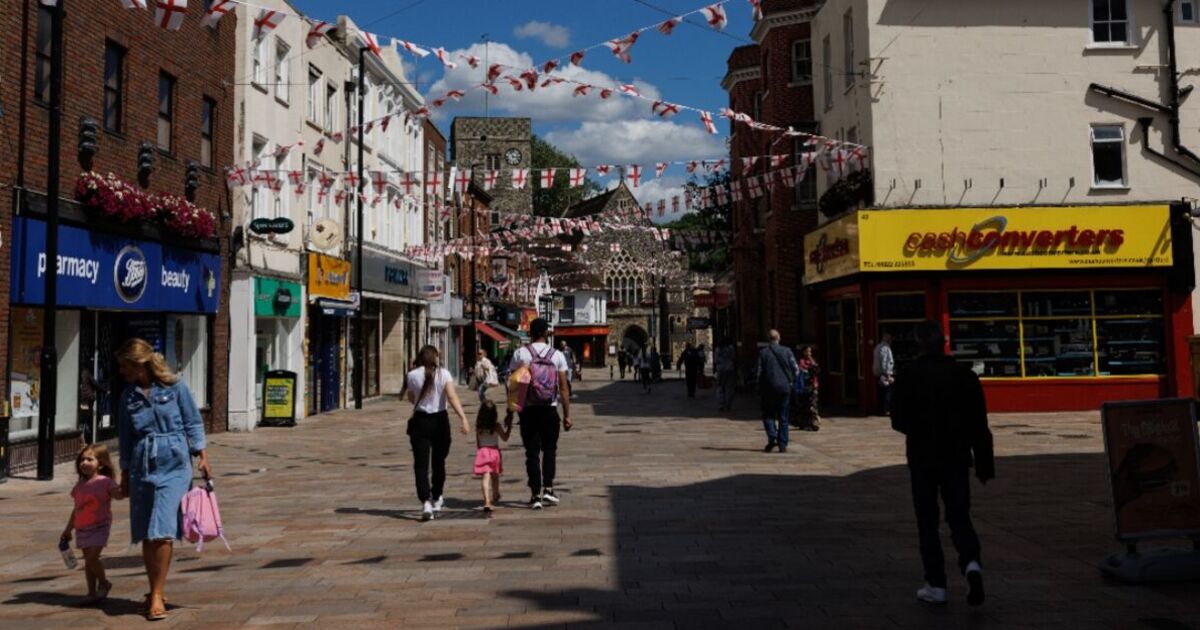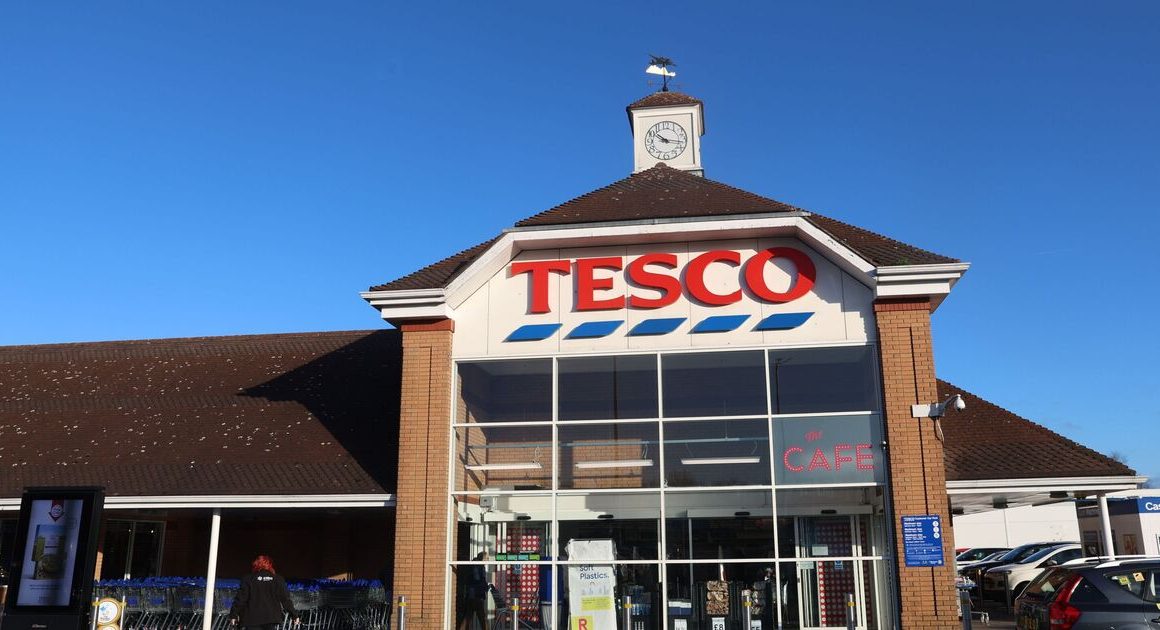House prices have fallen in three British towns despite UK property price tags rising by 1.4 percent over the first seven months of this year, analysis shows.
Zoopla has said its latest house price index shows Britain’s housing market is steadily recovering from the impacts of higher mortgage rates with prices slowly heading upwards.
The property website warns, however, that supply levels mean sellers need to exercise caution when it comes to pricing their home.
According to Zoopla, house prices are still adjusting to the impact of higher borrowing costs in some areas, with small falls on a quarterly and annual basis in towns including Taunton in Somerset (-2.0 percent), Dartford in Kent (-1.3 percent) and Enfield in north London (-1.1 percent). Harrogate in North Yorkshire also saw a year on year price change of -1 percent.
In comparison, house prices are rising faster than the national average in lower value and more affordable housing markets, often those close to bigger cities in England, including the city of Wolverhampton in the West Midlands (3 percent), Oldham, Manchester, at (2.8 percent) and Wakefield, West Yorkshire (2.7 percent), Zoopla reported.
News of a general UK recovery came with a warning from Zoopla, which said it was important sellers remain realistic on pricing, especially if they are serious about moving home.
The website warned that house sellers who end up needing to slash their asking price typically see their property taking more than twice as long to sell as homes with no price reduction.
Zoopla found it takes about a month – 28 days – on average to agree a sale where there has been no asking price reduction. But among sellers who have cut the price by 5 percent or more, the typical time to sell is 73 days.
It said about a fifth of homes on the market had the asking price reduced by 5 percent or more in August.
Richard Donnell, executive director at Zoopla, said: “Momentum in the sales market continues to build as mortgage rates drift lower and more and more sellers gain the confidence to list their home for sale.
“Buyers have much greater choice which will support sales numbers, but this will keep prices rises in check. Buyers have less purchasing power than two to three years ago and remain price sensitive meaning sellers can’t afford to get ahead of themselves on where to set the right price for their home.
“If you need to cut the asking price by 5 percent or more then your home will (typically) take twice as long to sell or may not sell at all.”
While average UK house prices have risen by 1.4 percent in the seven months to July 2024, they are on track to be 2.5 percent higher over the year, according to Zoopla.
Nationwide reported at the end of last month that annual house price growth picked up in August to the fastest rate since December 2022.
Across the UK, property values increased by 2.4 percent annually, the building society reported. This took the typical house price to £265,375.
Robert Gardner, Nationwide’s chief economist, said: “UK house prices fell by 0.2 percent month-on-month in August, after taking account of seasonal effects, but the annual rate of house price growth continued to edge higher.
“Average prices were up 2.4 percent year-on-year, a slight pick-up from the 2.1 percent recorded in July and the fastest pace since December 2022 (2.8 percent).
“However, prices are still around 3 percent below the all-time highs recorded in the summer of 2022.
“While house price growth and activity remain subdued by historic standards, they nevertheless present a picture of resilience in the context of the higher interest rate environment and where house prices remain high relative to average earnings.”












